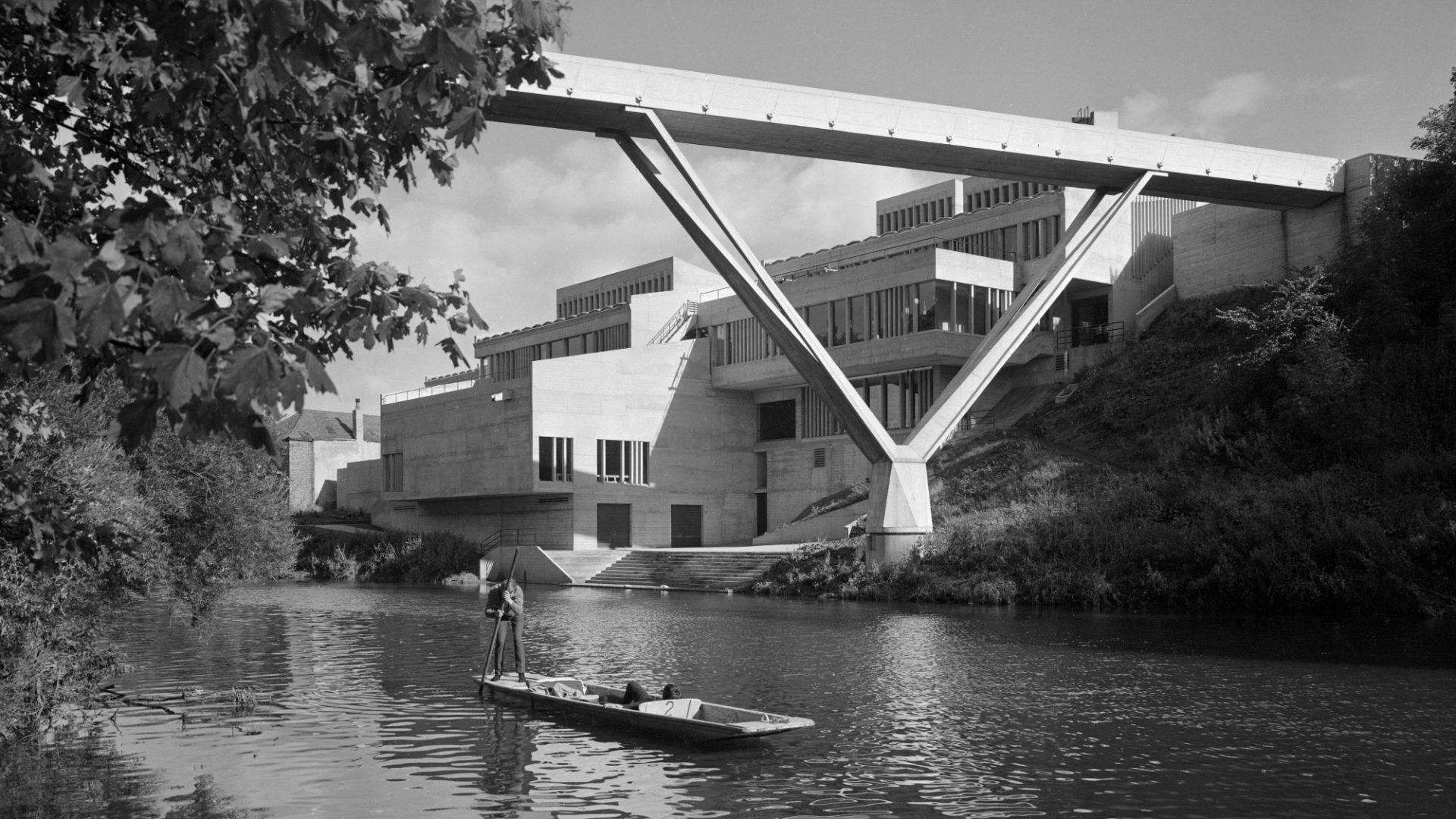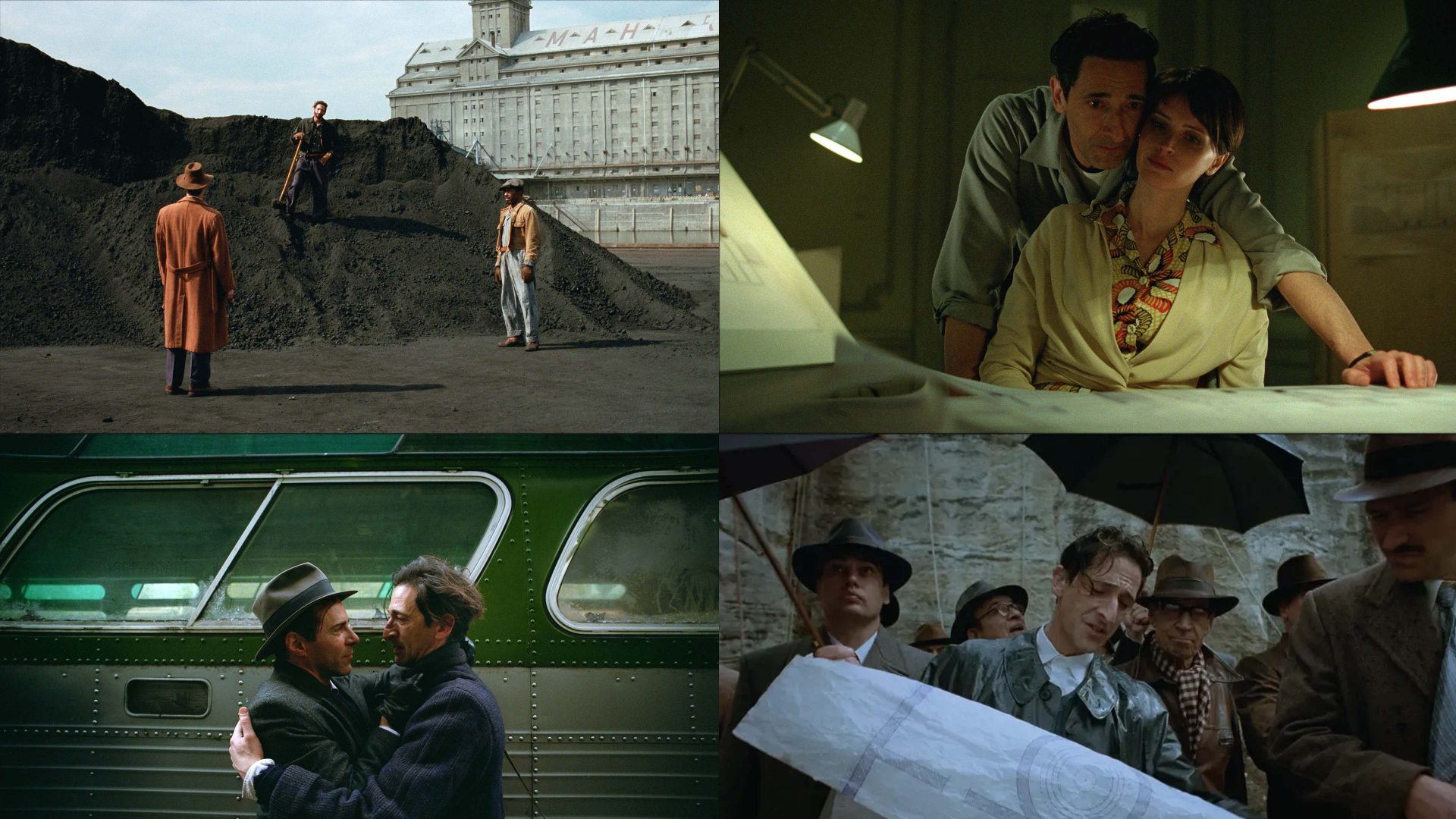In 1955, the English architectural critic and thinker Reyner Banham wrote an essay for The Architectural Review. Its title was “The New Brutalism”, and its subject was a new architectural aesthetic that had emerged in Scandinavia and fused with the ideas of Le Corbusier to create a new style of building that was beginning to appear in Britain.
What are the characteristics of brutalism, Banham asked. “Formal, axial planes,” for one thing. In addition, he wrote, brutalist buildings “exhibit their basic structure, and both make a point of exhibiting their materials – in fact, this emphasis on basic structure is so obsessive that many superficial critics have taken this to be the whole of New Brutalist Architecture”.
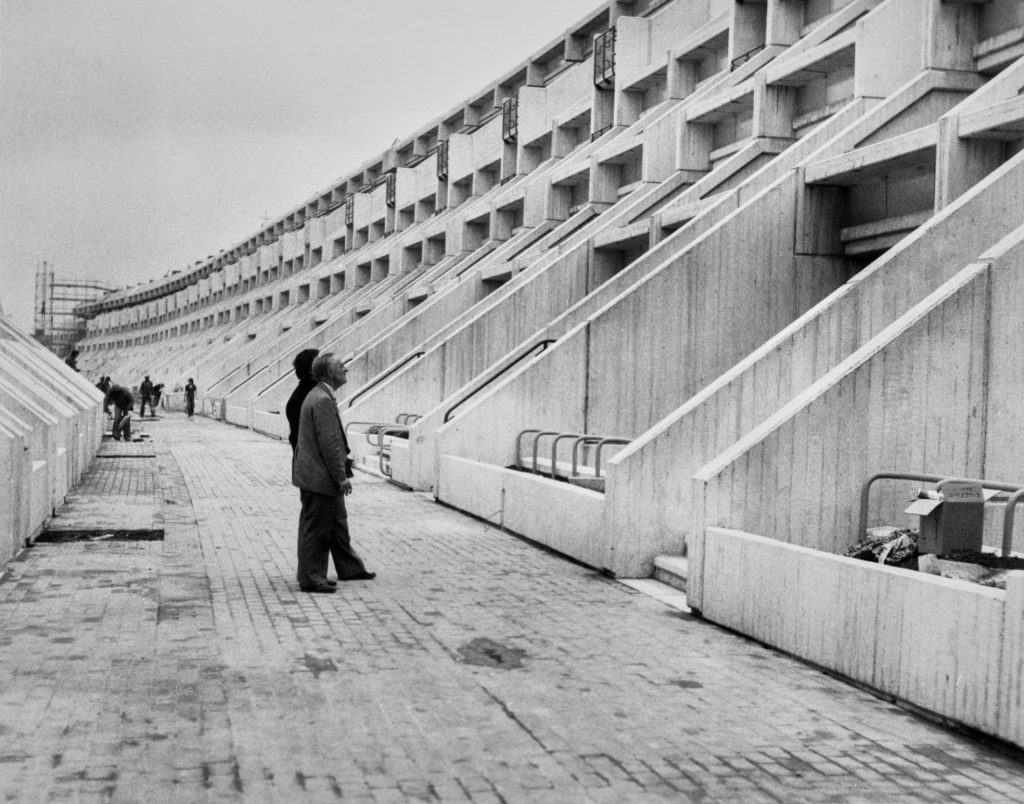
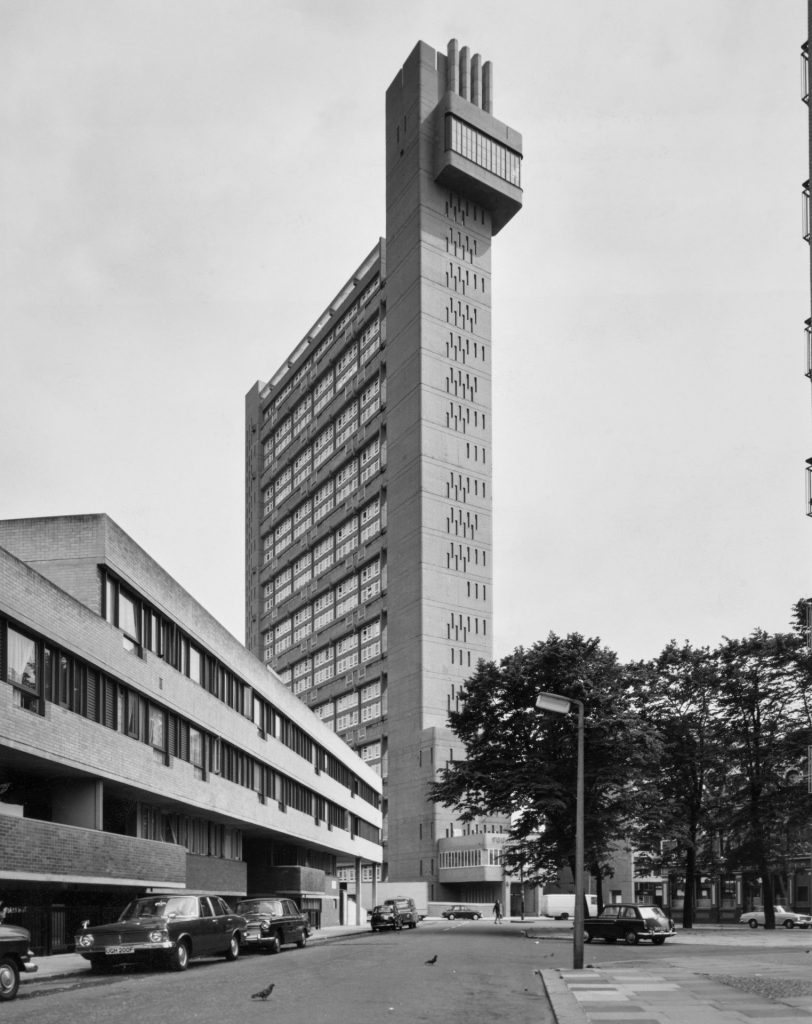
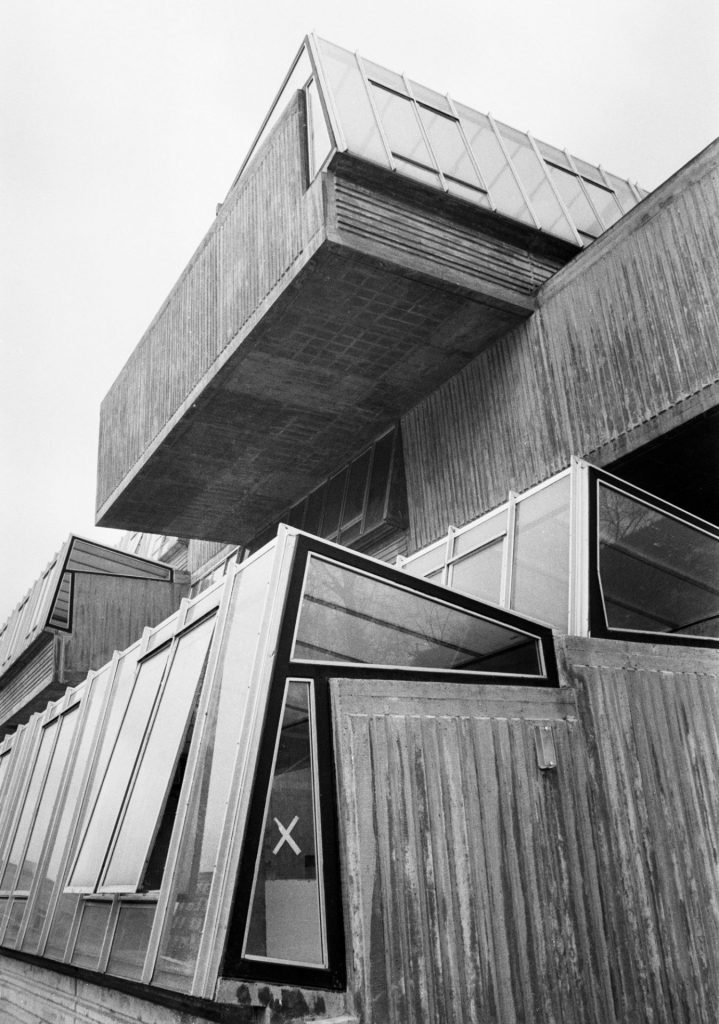
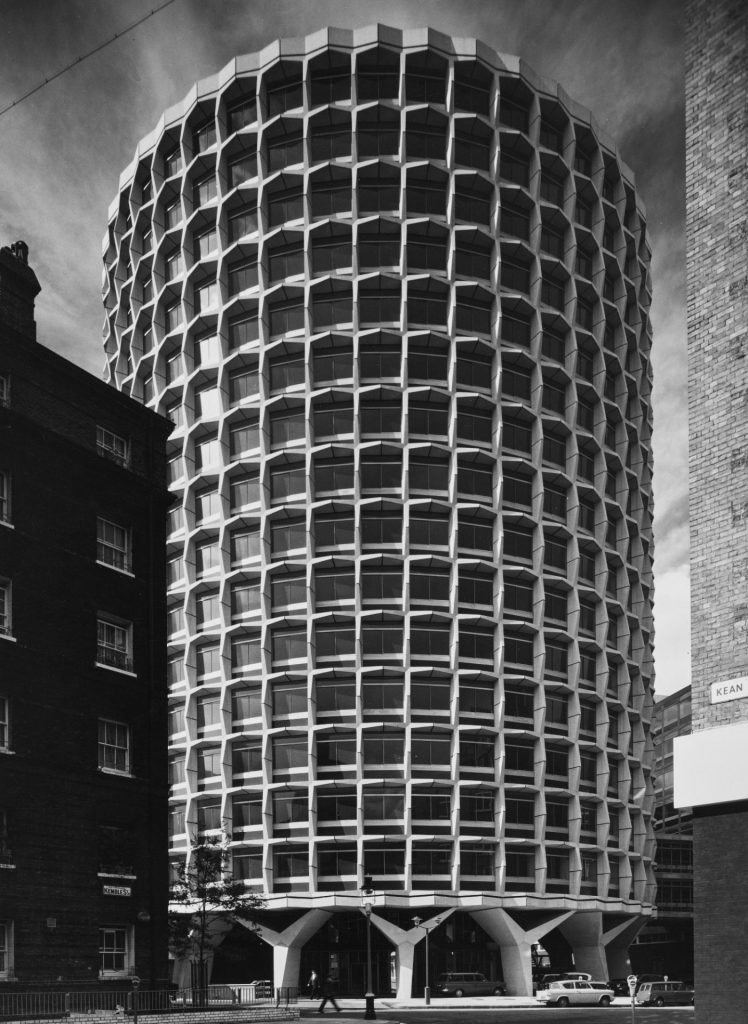
Some of the most famous and impressive buildings in Britain were built in this brutalist style, several of which can be seen on these pages. It was a direct, quite shocking aesthetic, that consciously rebelled against the ornate architectural styles of the late 19th and early 20th century. These are buildings with no external decorations, or flourishes.
That rejection of ornament gave brutalism a distinctly political quality –
all that stern, grey concrete and austere functionalism forged an association between the new style and the authoritarian governments of the Soviet east. This was no coincidence: Alison and Peter Smithson, two of the most pre-eminent Brutalist architects, were committed socialist utopians.
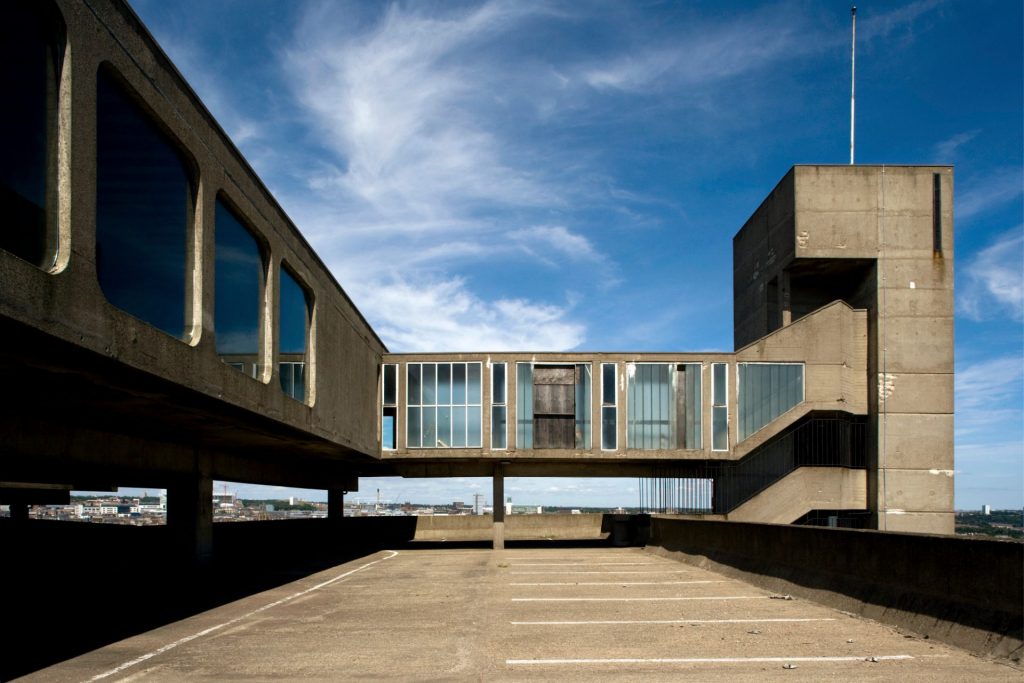
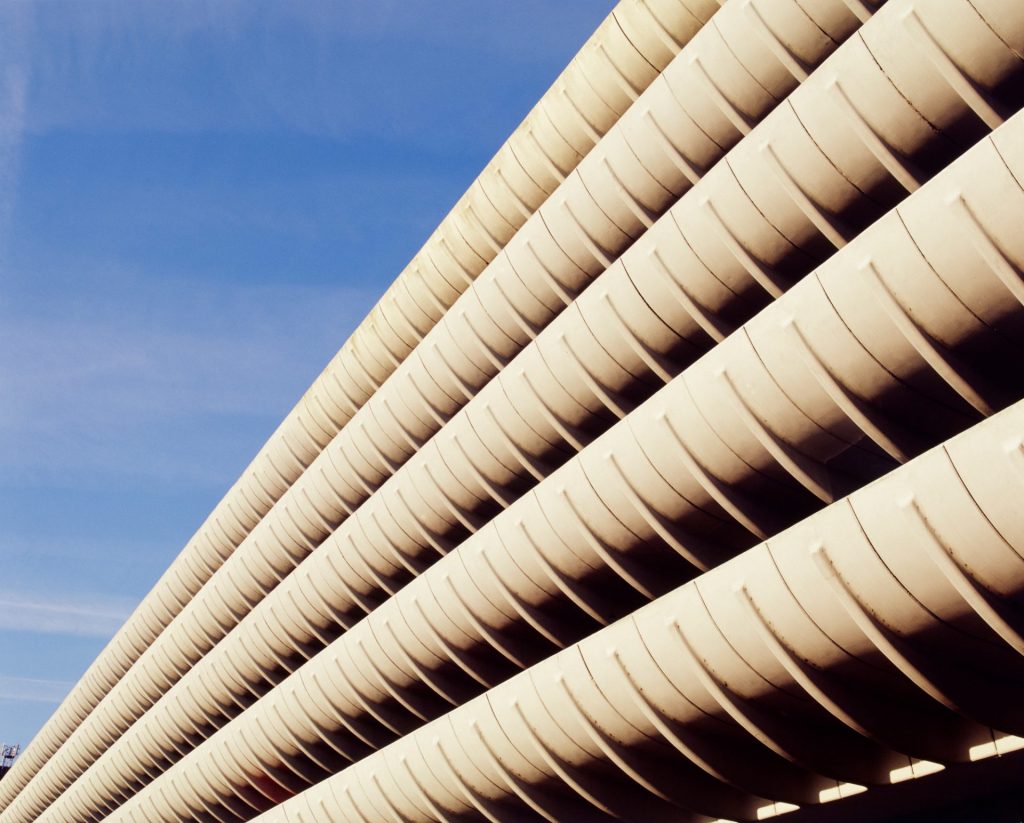
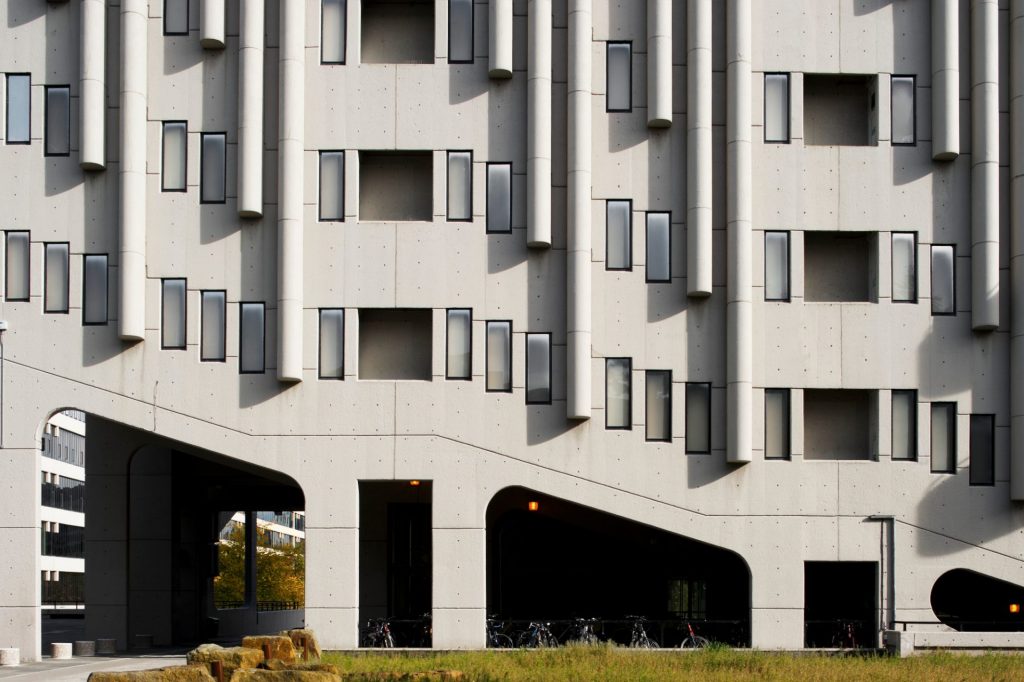
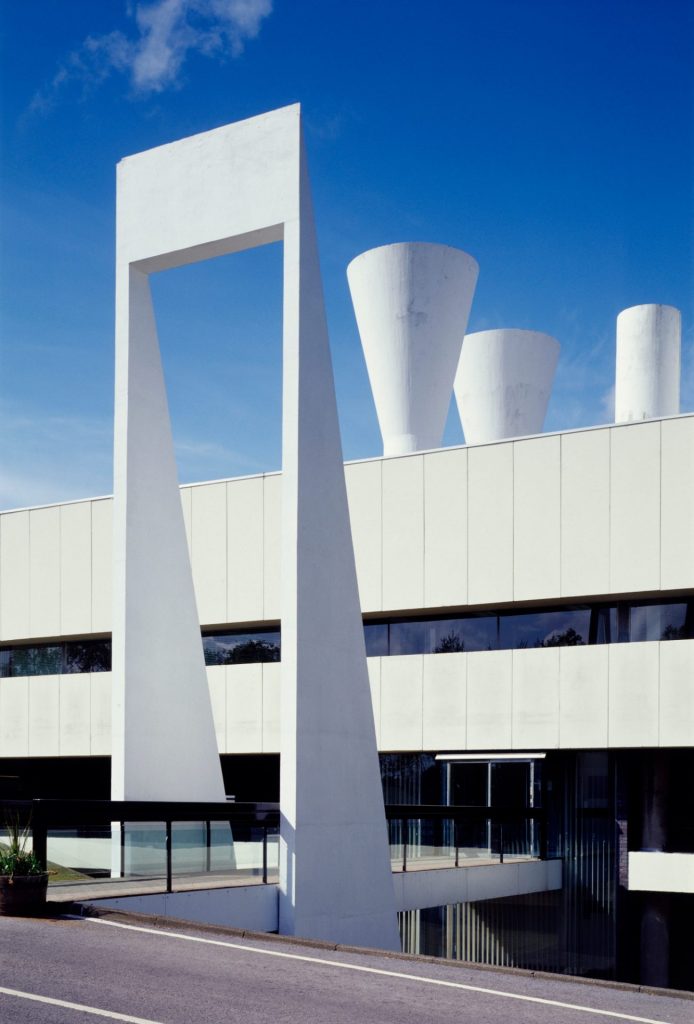
But one of the growing problems with the brutalist style was that so many people didn’t like it. The use of such huge expanses of concrete in a country as damp as Britain is that it is prone to staining. The exposed metal struts rust. Brutalist buildings became synonymous with a failed, drab modernity.
The style fell out of favour and by 1980, the movement was over. As ever, it takes time to recognise the value of what is right before our eyes, and the attitude to brutalist architecture has warmed in recent years. In the early 2000s, Preston Bus Station, designed in the late 1960s by Keith Ingham and Charles Wilson in the brutalist style, was scheduled for demolition by the council – twice. In 2013, it was granted Grade II listed status.
How times – and tastes – change.

